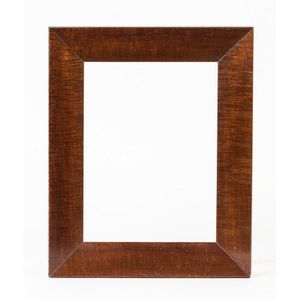Rare Huanghuali Solid Plank with Small Lugs
You must be a subscriber, and be logged in to view price and dealer details.
Subscribe Now to view actual auction price for this item
When you subscribe, you have the option of setting the currency in which to display prices to $Au, $US, $NZ or Stg.
- Huanghuali Wood - Huanghuali is the most sought-after timber used in the construction of Chinese furniture because of its fine colour and grain.
During Ming and early Qing dynasties, most of the best furniture was made from huanghuali wood.
It is a member of the rosewood family and over time the surface mellows to a yellowish brown tone with the exposure to light.
In recent years, furniture made from huanghuali wood has increased exponentially in value. - Patination / Patina - In broad terms, patination refers to the exterior surface appearance of the timber, the effect of fading caused by exposure to sunlight and air over the course of a century or more, changing the piece to a soft, mellow colour.
As patina is very difficult to replicate, it is one of the most important guides to determining the age of furniture.
Patina is also the term applied to the bloom or film found on old bronzes due to oxidisation.
This item has been included into following indexes:
- Chinese furniture, tables - tables, hall and side 227
- Chinese furniture, timbers
- Chinese furniture, type or function
Visually similar items

Nellie Melba: 'Leaves from the Note-Book of Lady Dorothy Nevill' by Ralph Nevill (London 1907), signed by the author, Dame Nellie Melba and Lady Dorothy Nevill. Book looking a little tired but signatures fine. Very rare

Pair of Australian mirrored bedside cabinets, Australia, c 1970s

An early Colonial picture frame, fiddleback blackwood, Tasmanian origin, circa 1840, 45 x 36.5 cm (internal size 32.5 x 24 cm)

A fine French amboyna and ebony deed box, 9 cm high, 20 cm wide, 20 cm deep
